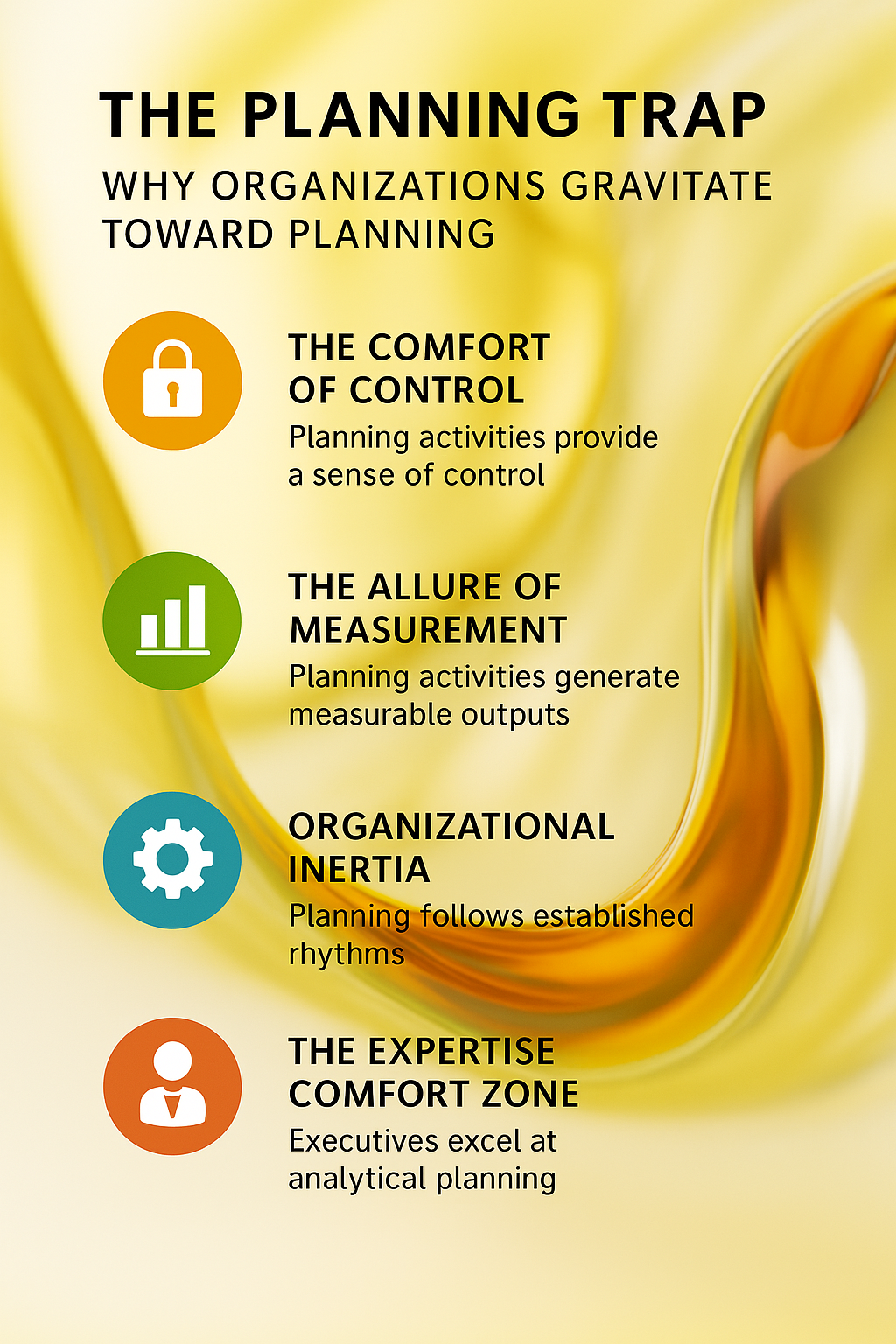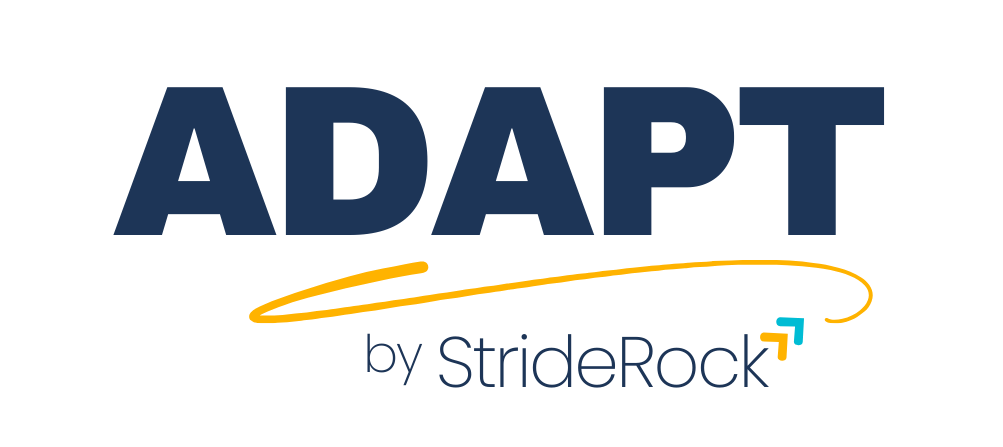In boardrooms across industries, “strategic planning” stands as one of the most common yet frequently misunderstood activities in business. Organizations invest significant time and resources developing detailed strategic plans, yet many still struggle to achieve meaningful competitive advantage or market differentiation.
This disconnect points to a fundamental misunderstanding about what strategy actually is—a confusion that Roger Martin, former Dean of the Rotman School of Management, addresses directly in his book “A New Way to Think.” Martin makes a compelling distinction that has profound implications for organizational effectiveness: strategy and planning are fundamentally different activities that serve different purposes (Martin, 2022).
This distinction isn’t merely semantic—it goes to the heart of why organizations struggle to translate their strategic intentions into market success. Understanding the difference, and the relationship, between strategy and planning is essential for leaders seeking to drive meaningful business results.
The Critical Distinction: Strategy vs. Planning
Martin argues that true strategy is fundamentally a revenue-generating exercise based on choices that depend on external consumer decisions. Strategy centers on the core questions of where to play in the market and how to win in the chosen spaces. These choices are inherently focused on creating value propositions that will lead customers to choose your offerings over alternatives.
Planning, by contrast, primarily concerns internal decisions within the firm’s control—cost management, operational improvements, resource allocation, and forecasted projections. While essential for business operations, planning activities don’t directly address the fundamental strategic question: why would customers choose our offering over alternatives?
In Martin’s framework, strategy addresses choices about:
Strategy
Which markets to enter and which to avoid
What unique value proposition to offer customers
How to differentiate from competitors
What capabilities are needed to deliver that value
How to capture economic value from the customer relationship
Planning, meanwhile, focuses on decisions about:
PLANNING
Internal resource allocation
Project timelines and milestones
Organizational structure and responsibilities
Cost reduction initiatives
Performance metrics and tracking systems
This distinction is reinforced by other leading strategic thinkers. Henry Mintzberg, in his influential critique of strategic planning, observed that formal planning often displaces the creative, synthetic thinking that genuine strategy requires. “Strategic planning isn’t strategic thinking,” Mintzberg writes. “One is analysis, the other is synthesis” (Mintzberg, 1994).
Similarly, Richard Rumelt, author of “Good Strategy/Bad Strategy,” emphasizes that effective strategy consists of a diagnosis of the competitive challenge, a guiding policy for addressing that challenge, and coherent actions designed to carry out the policy. “Many strategy problems are wicked problems,” Rumelt notes, “meaning that it is not evident what the problem is, let alone what the solution is” (Rumelt, 2011). This inherent complexity means that strategy cannot be reduced to a planning exercise.
The Planning Trap: Why Organizations Gravitate Toward Planning
Despite this distinction, organizations often gravitate toward planning activities rather than true strategic choice-making. Several factors drive this tendency:

The Comfort of Control
Planning activities provide a sense of control and certainty. Internal decisions about resource allocation, organizational structure, and performance metrics all lie within management’s direct authority. Strategic choices, by contrast, depend on external factors—customer preferences, competitive responses, market dynamics—that cannot be directly controlled.
The Allure of Measurement
Planning activities generate concrete, measurable outputs: documented processes, budget allocations, specific timelines, and quantifiable targets. These measurables create a reassuring sense of progress and accomplishment. Strategic choices, by comparison, involve ambiguity and can be harder to quantify, especially in the short term.
Organizational Inertia
Most organizations have established rhythms and processes for planning activities. Annual budgeting cycles, quarterly reviews, and operational metrics create a familiar cadence. True strategic choice-making lacks this established cadence and often challenges organizational assumptions and existing power structures.
The Expertise Comfort Zone
Many executives rise through functions like finance, operations, or technology where analytical planning skills are paramount. These backgrounds create comfort with planning activities but may not develop the market insight, competitive analysis, and differentiation thinking that strategy requires.
These factors combine to create what might be called “the planning trap”—organizations substitute planning activities for strategic choices, creating the illusion of strategic management without addressing fundamental questions of market position and competitive advantage.
The Integration Challenge: Aligning Strategy and Planning
The solution isn’t to abandon planning—operational excellence and resource management remain essential. Rather, organizations need to recognize the distinct roles of strategy and planning while ensuring they work together effectively.
True strategy must drive planning, not the reverse. The cascading choices about where to play and how to win should guide decisions about resource allocation, operational priorities, and performance metrics. When planning drives strategy, organizations risk optimizing internal processes while missing shifts in customer preferences or competitive dynamics.
Richard Rumelt offers this perspective: “A good strategy does more than urge us forward toward a goal or vision. A good strategy honestly acknowledges the challenges we face and provides an approach to overcoming them” (Rumelt, 2011). This approach to strategy creates the context and direction for effective planning activities.
Similarly, A.G. Lafley and Roger Martin’s “Playing to Win” framework shows how strategic choices cascade from aspirations to capabilities and management systems. The latter elements—where planning typically focuses—are essential but must be driven by and aligned with the core strategic choices about where to play and how to win (Lafley & Martin, 2013).
Organizations that excel at integrating strategy and planning typically demonstrate several key characteristics:
External Orientation
They maintain consistent focus on customers, competitors, and market dynamics, ensuring that internal planning always connects to external realities.
Choice Discipline
They make explicit, clearly articulated choices about where to play and how to win, using these choices to guide planning activities.
Feedback Integration
They create mechanisms to continuously gather market insights and adapt both strategy and planning based on emerging realities.
Strategic Dialogue
They maintain ongoing conversation about strategic choices rather than treating strategy as an annual event or static document.


The StrideRock Approach: Accelerating Strategic Implementation
At StrideRock, the recognition that effective strategy requires both external market focus and aligned implementation forms a central pillar of our approach. While true strategy requires making clear choices about where to play and how to win, translating those choices into results demands effective stakeholder engagement and execution acceleration.
This is where the ADAPT methodology provides distinctive value. Focused primarily on enhancing negotiation, influence, and execution effectiveness, ADAPT helps organizations accelerate implementation by addressing the human and organizational dynamics that often derail strategic initiatives.
Rather than treating strategy implementation as a mechanical process, the ADAPT methodology recognizes that execution effectiveness depends on navigating complex stakeholder environments where diverse interests and perspectives must be aligned. This approach enhances how each component of strategy implementation is managed:
Assess
The methodology begins with comprehensive situation analysis that includes both strategic context (market position, competitive dynamics) and implementation realities (stakeholder interests, organizational dynamics, potential resistance points). This ensures that implementation approaches are grounded in the full strategic landscape.
Discover
The systematic information gathering phase employs specific techniques designed to reveal both explicit information and underlying interests that affect implementation success. This bridges the knowledge gap between strategic direction and implementation realities.
Align
Creating stakeholder alignment is critical to strategy implementation. This phase builds psychological safety and mutual understanding, addressing the human factors that often determine whether strategic initiatives gain traction or face resistance.
Problem-Solve
Collaborative solution development integrates strategic priorities with stakeholder interests, ensuring that implementation approaches create value while advancing the organization’s strategic direction.
Trust
Securing sustainable agreements creates the foundation for effective strategy implementation, translating strategic choices into coordinated action and measurable results.
Assess
The methodology begins with comprehensive situation analysis.
Discover
Explore both explicit information and underlying interests that affect implementation success.
Align
Creating stakeholder alignment is critical to strategy implementation.
Problem-Solve
Collaborative solution development integrates strategic priorities with stakeholder interests.
Trust
Secure sustainable agreements creates the foundation for effective strategy implementation.
Through our Strategic Consulting services and the ADAPT Program, StrideRock helps organizations accelerate the path from strategic vision to exceptional results. This approach recognizes that while making the right strategic choices is essential, effectively engaging stakeholders in the implementation of those choices often determines whether strategies deliver their intended outcomes.
The methodology helps leaders identify whether they’re engaged in true strategic choice-making or defaulting to more comfortable planning activities. By maintaining focus on external market realities while acknowledging internal implementation constraints, organizations can develop strategies that are both ambitious in market position and feasible in execution.
Making the Shift: From Planning-Dominated to Strategy-Integrated
For organizations seeking to move beyond the planning trap and develop true strategic capability, several shifts in thinking and practice are essential:
From Internal Focus to Market Orientation
Strategy begins with deep understanding of customers, competitors, and market dynamics. Organizations must shift primary attention from internal processes to external realities, asking questions like:
- What distinct customer needs can we address better than alternatives?
- What competitive advantages can we develop and sustain?
- What market trends or discontinuities create strategic opportunities?
- How might customer preferences or competitive dynamics shift in the future?
From Documentation to Choice-Making
Strategy isn’t a document but a set of integrated choices. Organizations must move beyond the creation of detailed plans to the more challenging work of making clear, coherent choices about:
- Which market segments to prioritize and which to ignore
- What unique value proposition to offer target customers
- Which capabilities to develop as strategic differentiators
- How to create barriers to competitive imitation
From Internal Focus to Market Orientation
Effective strategy can’t be confined to an annual planning cycle. Organizations must foster ongoing strategic dialogue that:
- Continuously integrates market feedback and competitive intelligence
- Regularly reassesses strategic choices based on emerging realities
- Creates rapid feedback loops between implementation attempts and strategic direction
- Adjusts resource allocation and priorities as strategic understanding evolves
From Strategy vs. Execution to Integrated Choice Cascade
The traditional separation of strategy (formulation) and execution (implementation) creates many of the same problems as the strategy-planning divide. Organizations must recognize that execution involves strategic choices at every level, creating an integrated cascade where:
- Executive choices about market position and competitive approach
- Functional choices about capability development and resource allocation
- Operational choices about process design and performance metrics
- Frontline choices about customer interaction and problem-solving
All represent strategic decisions that must align with the overall strategic direction while adapting to specific contexts.
Strategy as Choice-Making, Not Planning
The distinction between strategy as external-focused choice-making and planning as internal-focused decision-making provides a powerful lens for understanding why many strategic initiatives fail to deliver results. Organizations that substitute planning activities for true strategic choices may create the illusion of strategic management while missing fundamental questions of market position and competitive advantage.
At StrideRock, we believe that exceptional results come from integrating strategic choice-making with effective implementation. This integrated approach doesn’t merely bridge the gap between strategy and planning—it transforms how organizations think about both activities, ensuring that planning serves strategy rather than replacing it.
By focusing on the critical choices that determine market success—where to play, how to win, what capabilities to develop—while accelerating implementation through strategic persuasion and stakeholder alignment, organizations can move beyond the planning trap and develop true strategic advantage.
The organizations that thrive in today’s complex business environment will be those that maintain external focus in their strategic choices while effectively navigating the complex stakeholder environments where implementation occurs. This integration of strategic clarity with execution acceleration represents the essence of effective strategic management—and the foundation of exceptional business results.
Taking Action: How StrideRock Can Help
If your organization is struggling to translate strategic choices into measurable results, StrideRock offers several ways to help:
Strategic Consulting Services
Our consulting approach helps organizations make better strategic choices while accelerating implementation through enhanced stakeholder alignment and execution methodologies.
The ADAPT Program
Our proprietary methodology enhances how your organization navigates complex stakeholder environments, accelerating execution through strategic persuasion and influence capabilities.
Leadership Development
We help leaders develop the capabilities needed to make effective strategic choices while building the influence and alignment skills critical for successful implementation.
Contact StrideRock today to discuss how we can help your organization move beyond strategic planning to true strategic effectiveness.




